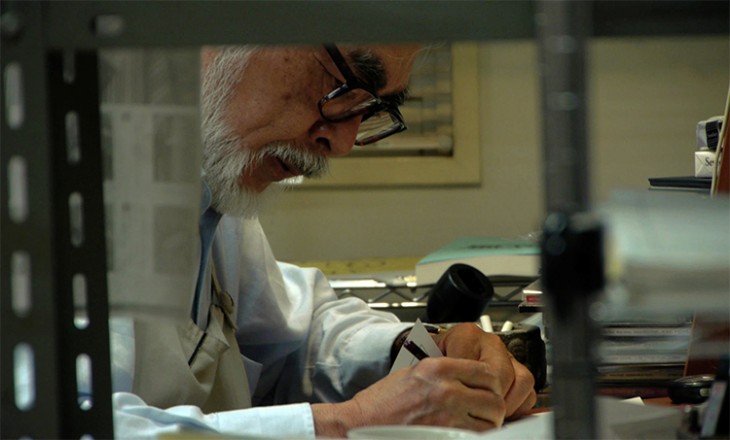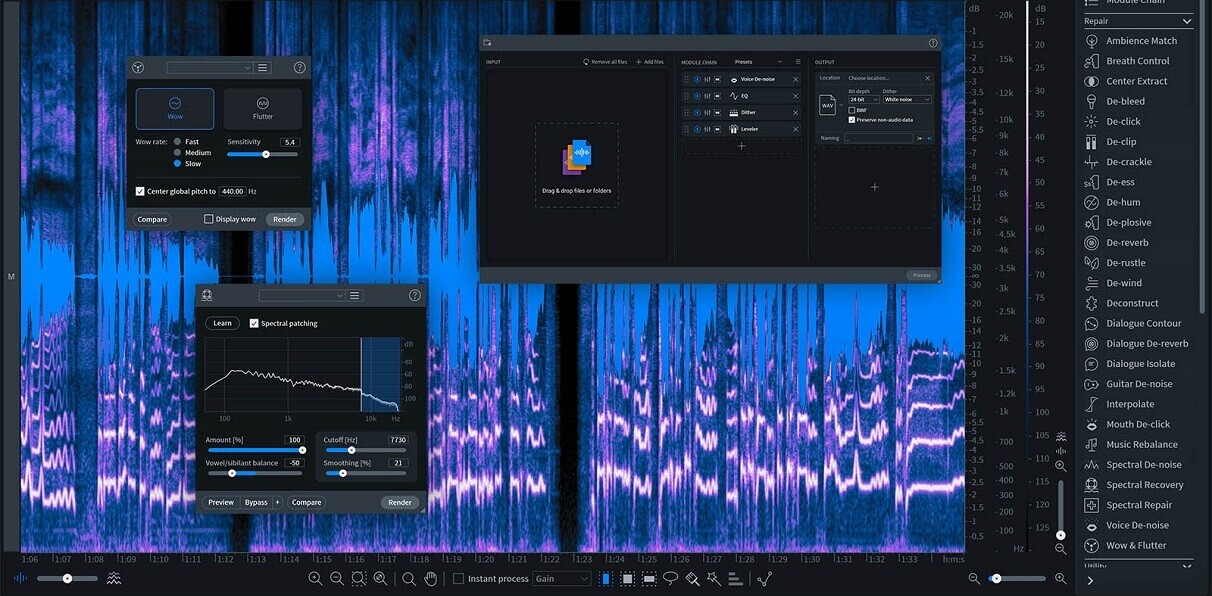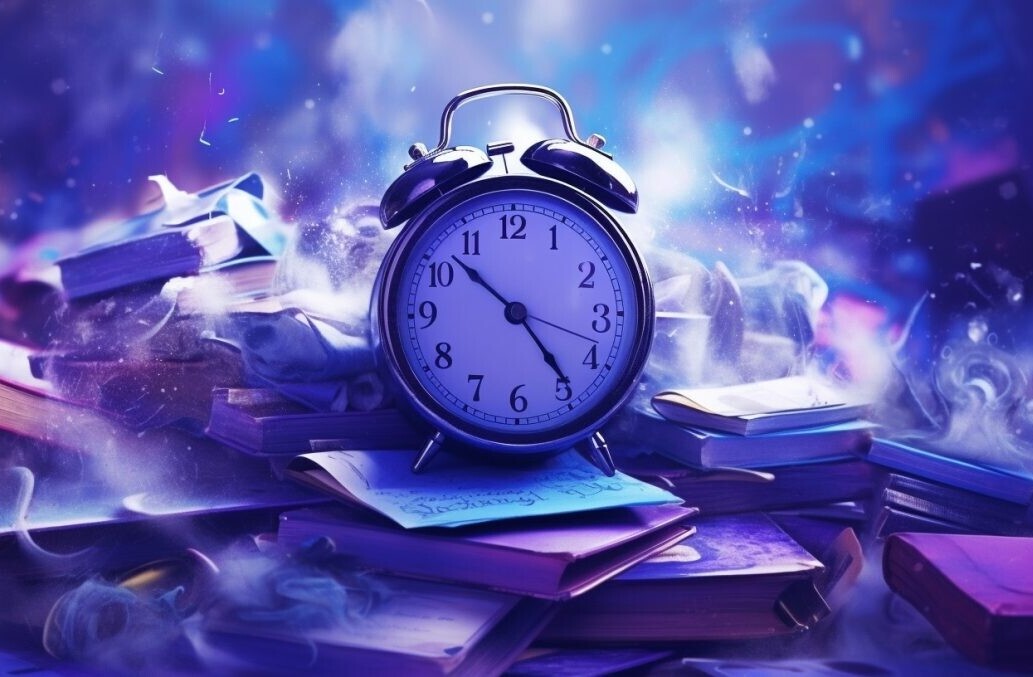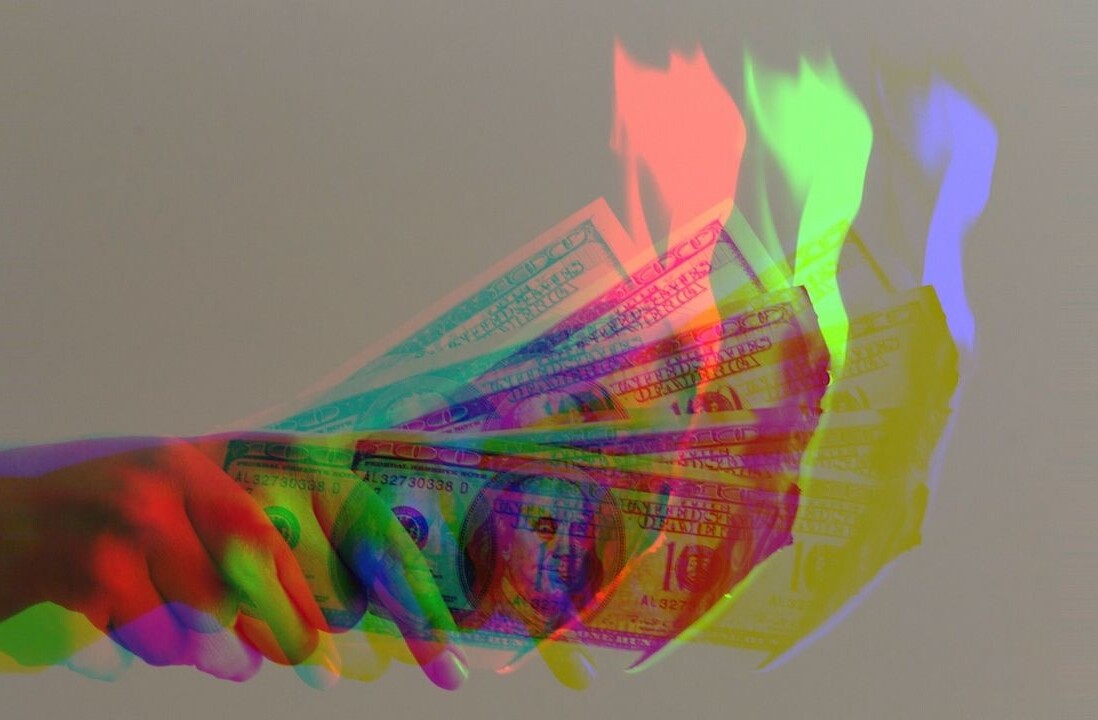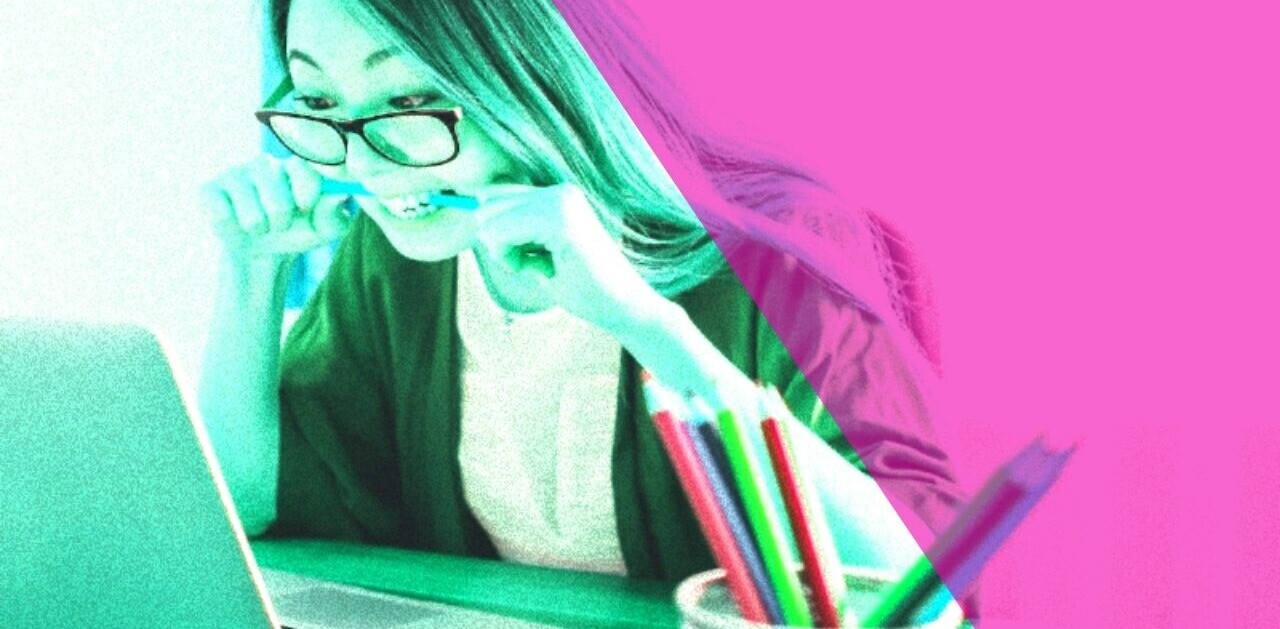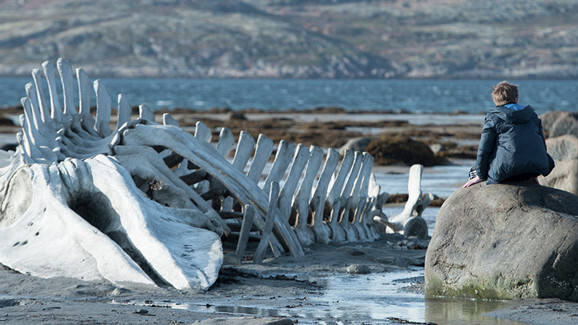
Alexander Huls is a freelance writer whose work has appeared in The New York Times, The Atlantic, Esquire and other publications. This post was originally published on the Shutterstock blog and has been reprinted with permission.
Hundreds of movies play every year at the Toronto International Film Festival, and many of them are not only great films, but particularly inspiring for the art and design community. Of course, with such an overwhelming list, it can be hard for non-attendees to determine which ones to look for at their local cinema in the coming months.
That’s why we’ve done a little legwork, sorting through TIFF’s recently wrapped program to highlight 10 films that will appeal to, and inspire, all of you great design and visually oriented people out there.
Evoking Walt Disney’s famed Fantasia, The Prophet is an adaptation of the best-selling poetry of Lebanese writer Kahlil Gibran. Guided by director Roger Allers (The Lion King), this series of vignettes features a melange of different artistic styles from some of the world’s greatest illustrators and animators.
The Kingdom of Dreams and Madness
Studio Ghibli and its legendary filmmakers, Hayao Miyazaki (My Neighbor Totoro, Spirited Away) and Isao Takahata (Grave of the Fireflies), have created some of the greatest animated movies of all time. This documentary provides an unprecedented glimpse behind the scenes at the studio, including a thrilling look at Miyazaki at work, along with his insights on his art. Fascinatingly, these are as philosophical (“What drives animation is the will of characters”) as they are often surprisingly cynical (“Filmmaking only brings suffering”).
Director Martti Helde tackles difficult subject matter — the Holocaust in Estonia — in an unconventional, visual way. This film takes letters from an Estonian woman who was shipped off to a Serbian prison, writing to her husband about her ordeal, and renders them in striking black-and-white, as well as tableaux vivants (“living pictures”). These images, and the people in them, are frozen in place as the camera moves around them, creating a powerful effect on the viewer with beautiful pictures (often of horrific things) that highlight how history can be both stuck in time and still very much alive.
The best horror film to screen at TIFF this year, It Follows — about sexually transmitted ghosts (yes, you read that right) — was also one of the festival’s most visually clever and inventive offerings. There are fantastic sequences, like one where a camera is mounted to a wheelchair, aimed at a girl trapped in it, and spun around repeatedly and quickly; it captures both her disorientation and internal state upon discovering the horror of her predicament.
There’s also great use of background: Because the ghosts are slow-approaching walkers, the movie cheekily messes with the audience by training it to keep an eye on the background of a shot, then exploits that to great effect. You find yourself constantly checking the background of any shot to see if that person way in the back is a threat. Ultimately, it’s a valuable (and fun) lesson in how to foreground and background information in an image.
With this tale about a Danish general (Viggo Mortensen) in Patagonia searching for his runaway daughter, there’s a good chance some viewers will struggle with the minimalist (read: slow) evocation of John Ford western The Searchers and Joseph Conrad’s Heart of Darkness. Visually, however, audiences are in for a treat.
Shot in 4:3 aspect ratio with rounded edges that give the film a photograph-like look, its effect is something like looking through a View-Master where every image is more compelling than the one before. Every shot in Jauja is so meticulously composed that they all feel like standalone paintings. It’s possible you might get bored with the film’s story, but the stunning imagery keeps it nothing less than enthralling.
Leviathan received accolades at the Cannes Film Festival for its writing — focusing on an economically struggling man squaring off against a greedy, land-grabbing mayor — but designers will have a hard time not focusing on the beautiful cinematography. Evoking the work of fellow Russian filmmaker Andrei Tarkovsky, Leviathan DOP Mikhail Krichman uses the desolate Russian landscape not just for aesthetics, but also to help tell the story and capture much of the mood of the film.
Jauja wasn’t the only film at TIFF this year to play with aspect ratios. Canadian wunderkind Xavier Dolan’s Mommy — about a mother struggling with her troubled son — went a step further. It’s shot in a square, 1:1 aspect ratio. The result is a kind of cinematic Instagram or album-cover adventure. It sounds like it should be a limiting movie and visual experience, but in Dolan’s hands, it’s anything but. Instead, it reveals the possibilities for non-traditional ways of showing images in film.
Based on the life of British painter J.M.W. Turner, Mike Leigh’s latest provides a behind-the-curtain peak at the artist, his process, and even the art scene of his time. It’s a great movie in that respect, but it’s also worth seeing for cinematographer Dick Pope’s remarkable work. Mr. Turner’s color palette is based on the real-life one of the movie’s subject, and Pope even goes so far as to create landscape images that directly recall the artist’s own paintings.
The Tale of the Princess Kaguya
Princess Kaguya is one of the films being made during the aforementioned The Kingdom of Dreams and Madness (the other is last year’s The Wind Rises). It’s one more entry in Studio Ghibli’s impressive output from director Isao Takahata. The animation is enthralling, especially because it’s less polished than much of the studio’s recent work.
All colored pencil, black charcoal, watercolors and undefined backgrounds, it’s not unlike traditional Japanese landscape painting. The result is testament to the importance of matching style to content; Princess Kaguya’s visual approach perfectly brings out the dream-like nature of the famous Japanese folktale it’s based on, “The Tale of the Bamboo Cutter.”
A crowd and critic favorite at the 2014 Sundance Film Festival, Whiplash features an aspiring young drummer butting heads with a Simon Cowell-like teacher. At first glance, it may seem worthwhile just for being a crowd-pleasing, relatable movie about the blood, sweat and hard work required to realize your artistic passion; but it’s also a must-see on an instructional level. A fantastic demonstration of how to perfectly marry and edit images to sound, the film’s drum sequences are dizzying in how well they handle one of the world’s fastest-played instruments.
Top image: Promotional still from Leviathan courtesy Sony Pictures Classics
Get the TNW newsletter
Get the most important tech news in your inbox each week.


